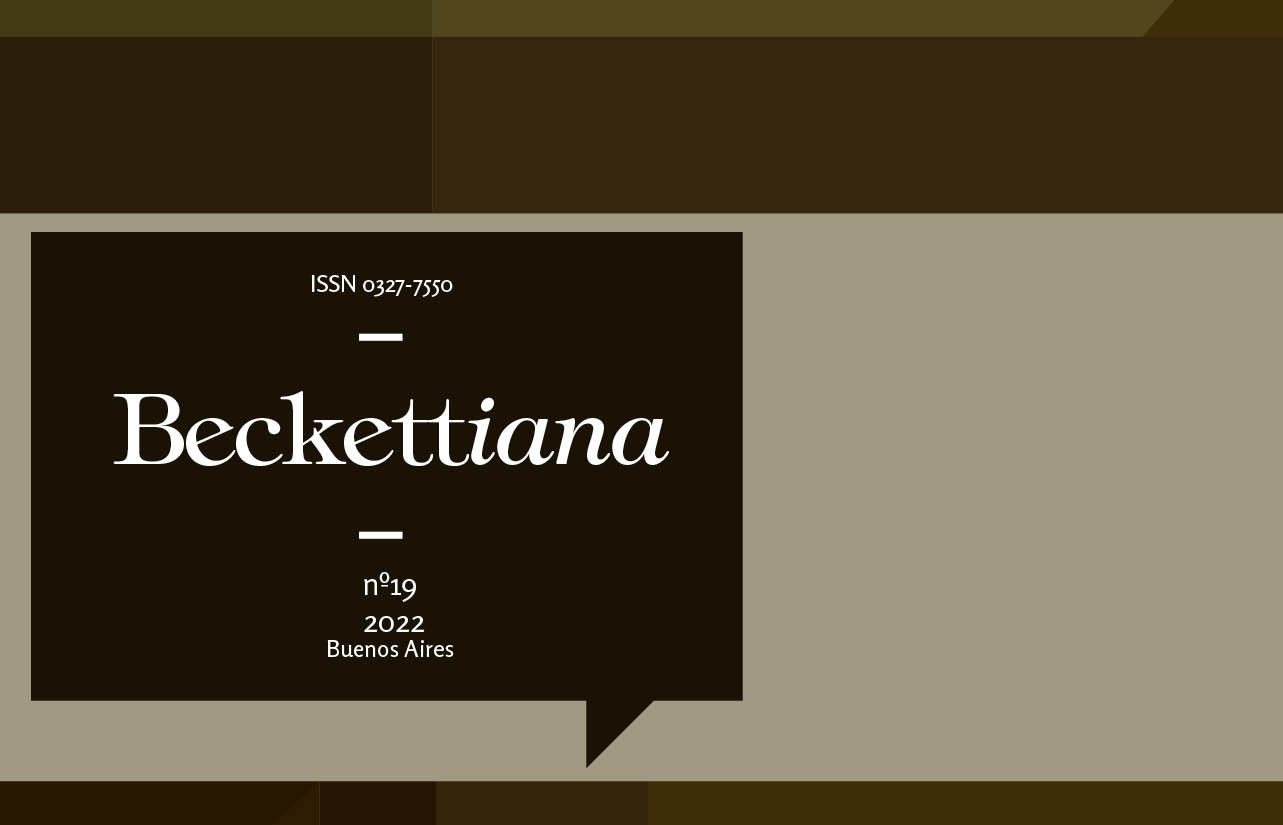La estética del grotesco en el joven Beckett: la disonancia como camino a la despalabra
Keywords:
Beckett, Freud, Echo's bones, language criticism, grotesque.
Abstract
Samuel Beckett´s literary project can be traced to the 1937 article known as “The German letter”, that is: disarticulating language through an intensive use of irony and a distancing technique. The author organized this method of deconstruction in two different phases. In his first poetic works, he dedicated to the search of dissonance, incorporating in his poetry constructive principles from literary criticism, such as humorous debasement, parody and texts that operated like mosaics, hieroglyphs to be deciphered by scholars. During the 1930s, and especially in his first published poetry book, Echo´s bones and other precipitates, the criticism of language as an effective resource to communicate was expressed through the original adoption of the grotesque aesthetic. Thus, in the poems from that stage, Beckett condensed form and content representing Dublin as a twisted and neurotic city through the employment of Freudian mésalliance, echoing with the crisis of the European interwar period and the historical rise of fascisms. Later on, at the end of his life, of his literary production and of the XX century itself, the project resulted in the paradoxical construction of silence and of what the author himself called “the unword”.Downloads
Download data is not yet available.
Published
2023-03-02
How to Cite
Vuoto, M. M. (2023). La estética del grotesco en el joven Beckett: la disonancia como camino a la despalabra. Beckettiana, (19). https://doi.org/10.34096/beckettiana.n19.12609
Issue
Section
Artículos
Copyright (c) 2023 Beckettiana

This work is licensed under a Creative Commons Attribution-ShareAlike 4.0 International License.








